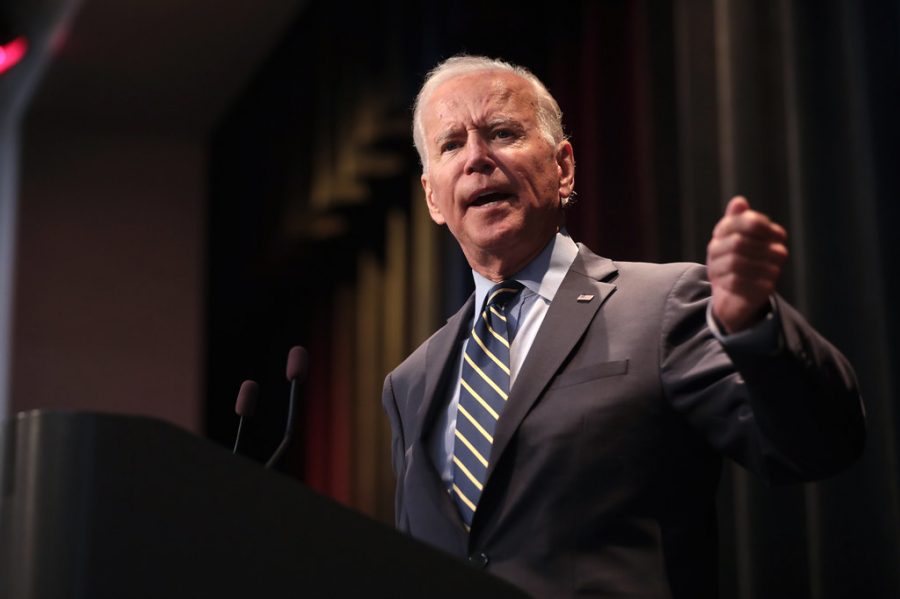Keep your eye on Biden’s climate plan
Biden’s climate plan includes rejoining the Paris Climate Agreement and spending $2 trillion on working towards net-zero carbon emissions.
A sigh of relief swept the nation when President-elect Joe Biden promised to bring the U.S. back into the Paris Climate Accord after President Trump pulled out on Nov. 4.
But don’t relax yet. Biden’s plan for climate change should not remain unchecked over the next four years.
Officially named “Joe Biden’s Build Better Back” plan, his $2 trillion plan to combat climate change may be difficult to push through the senate, likely leaving Biden unable to keep all of his promises.
His own campaign has deemed his plan ambitious. It promises to create millions of jobs in transit, agriculture and in the auto industry. Biden also wants to end drilling on federal land and use the $2 trillion budget to make an economy dependent on renewable energy with 40% of these funds benefiting communities disadvantaged by climate change.
It’s important to note that this isn’t the Green New Deal. Although similar, Biden’s plan appeals more to both sides by choosing to transition away from coal, oil and gas much more slowly than ideal.
Biden’s goals include a 100% clean energy standard by 2035 and to achieve net-zero emissions by 2050. Despite these goals, this hasn’t prevented Biden from omitting people with ties to the fossil fuel industry in his administration.
On Nov. 17, Biden named Louisiana Rep. Cedric Richmond to lead the Office of Public Engagement. Richmond’s campaign career in congress has been largely contributed to by the oil and gas industry.
Critics of Richmond note he seems indifferent to the issue of air pollution, due to his lack of action in Reserve, Louisiana, where the risk of cancer is highest in the country due to toxins in the air emitted by a chemical plant.
“The oil industry pollutes significantly,” Biden said at the final presidential debate. “It has to be replaced by renewable energy over time.”
So why is Biden choosing someone who doesn’t share in his faith in clean energy?
In order to actually achieve his goal of 100% clean energy, Biden must focus on how to push technologies and industries that can actually help lower emissions. An important industry to focus on is food and agriculture. How we grow food and the amount of food that is wasted contributes greatly to the amount of greenhouse gases we emit.
The U.S. is the world’s second largest emitter of greenhouse gases, the first being China. It’s key for the U.S. to help in the effort to reduce the effects of climate change.
If Biden’s promises don’t hold up, he needs to be pushed harder to build a response that actually reduces the effects of climate change and simultaneously supports disadvantaged communities.
It’s going to take more work and dedication than just re-joining the Paris Agreement.

Hi y'all! My name is Elle. I am majoring in Communication with double minors in Spanish and Journalism. I have wanted to be a writer ever since I was a...







